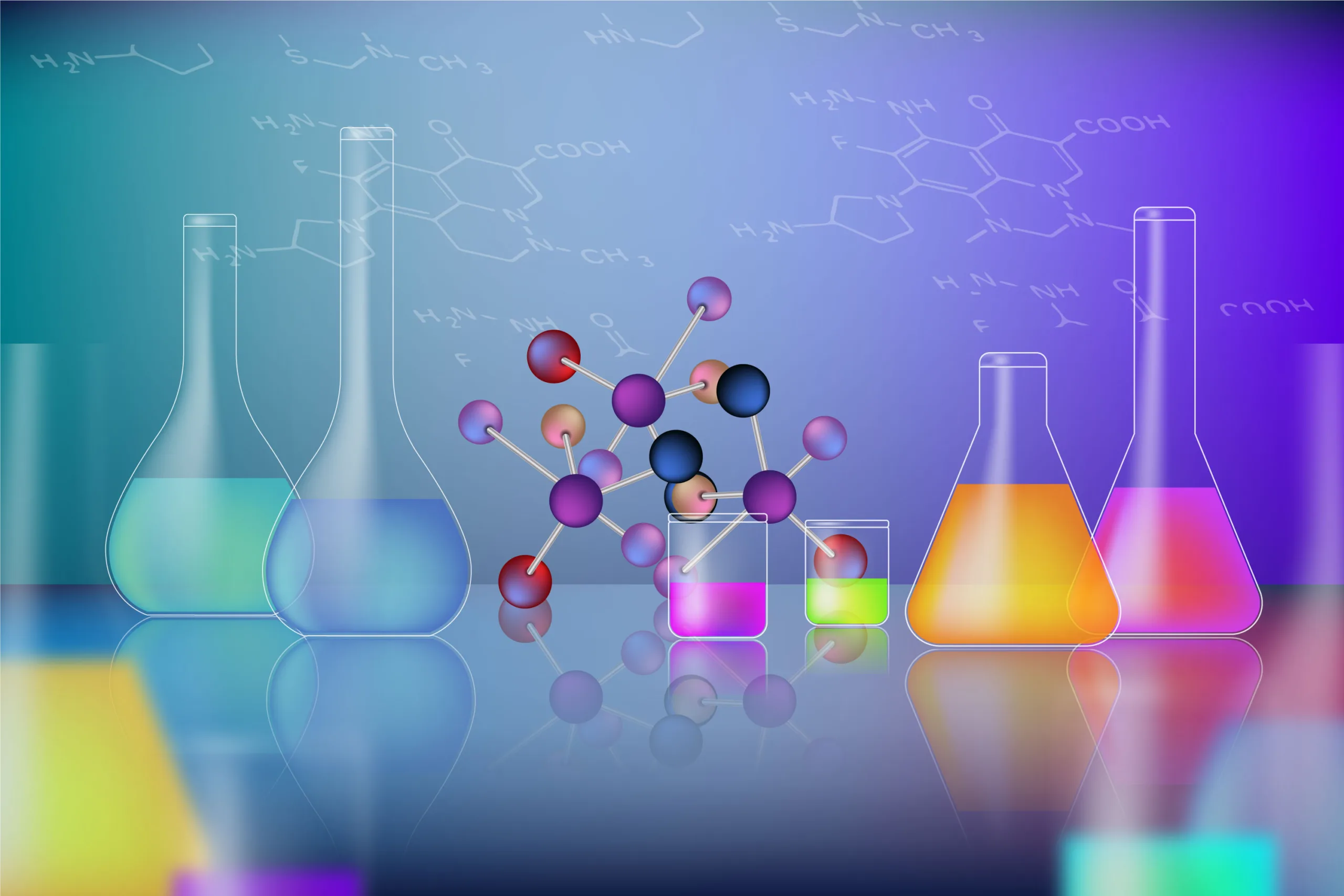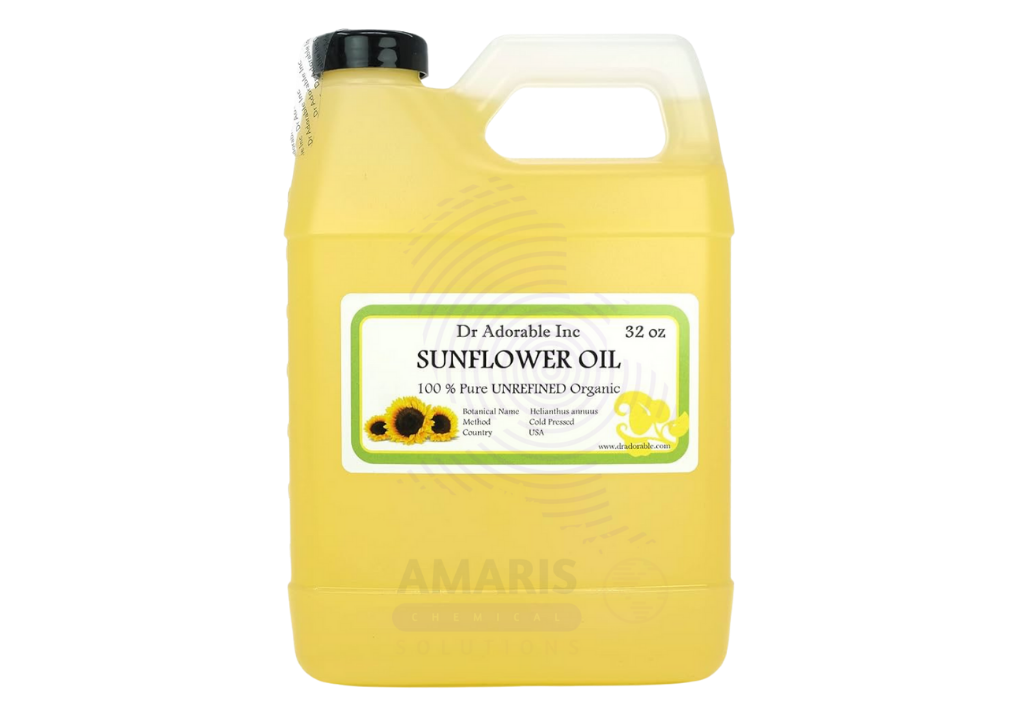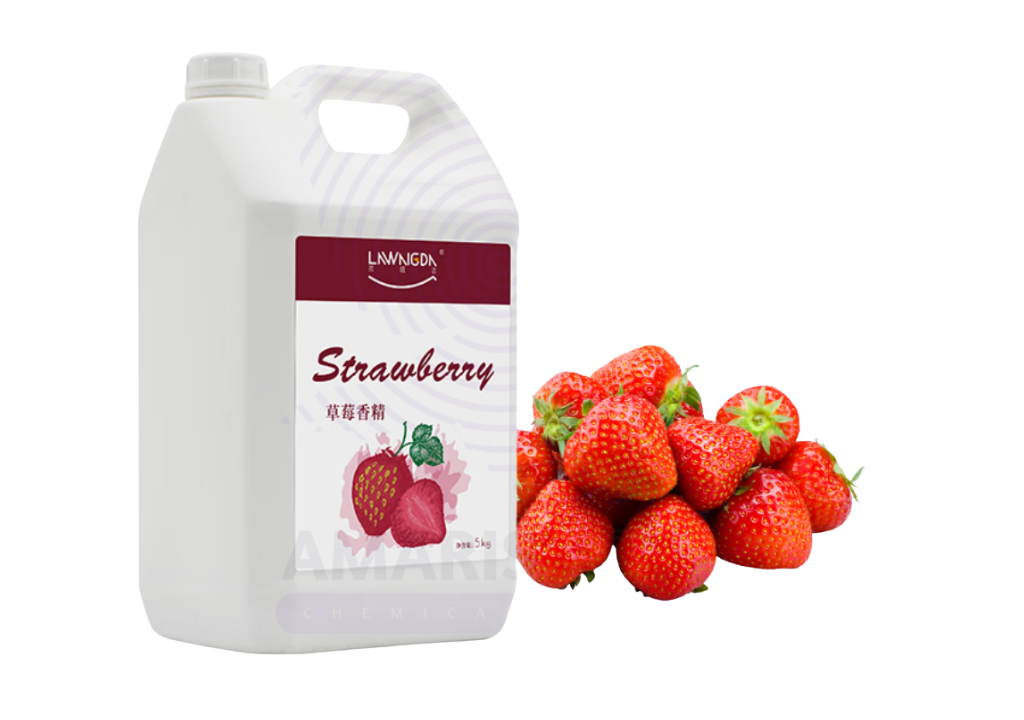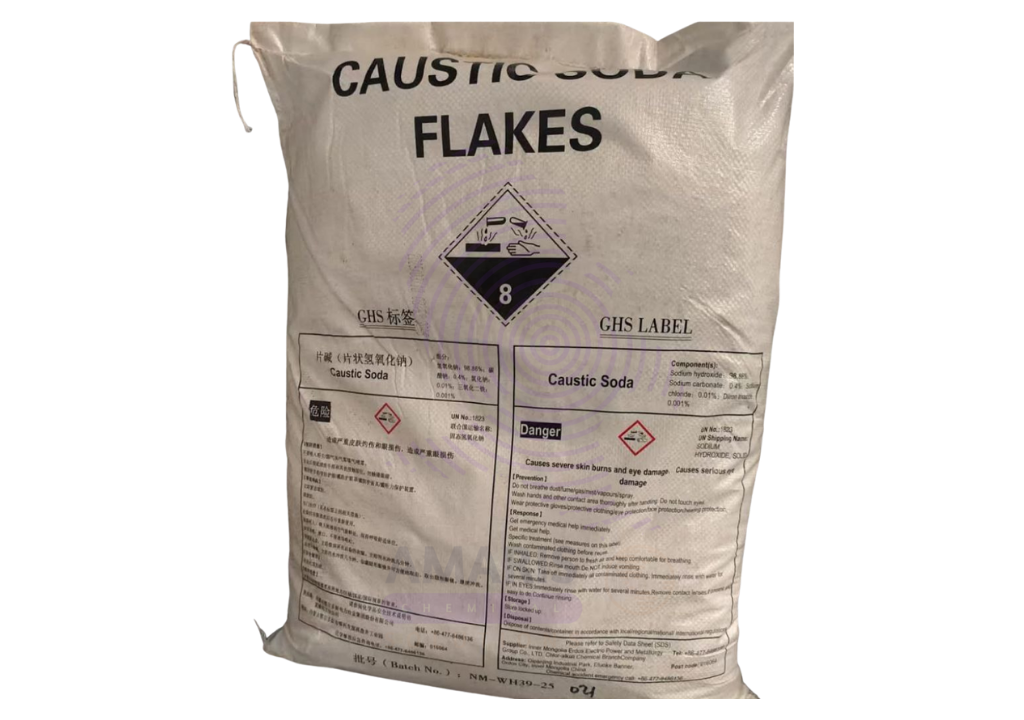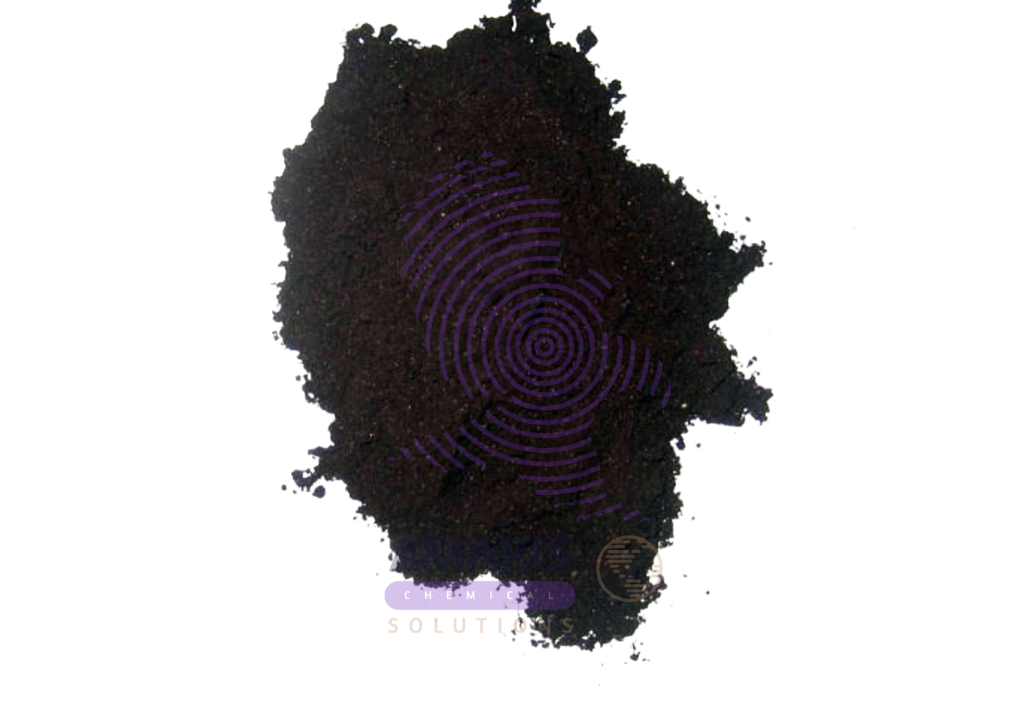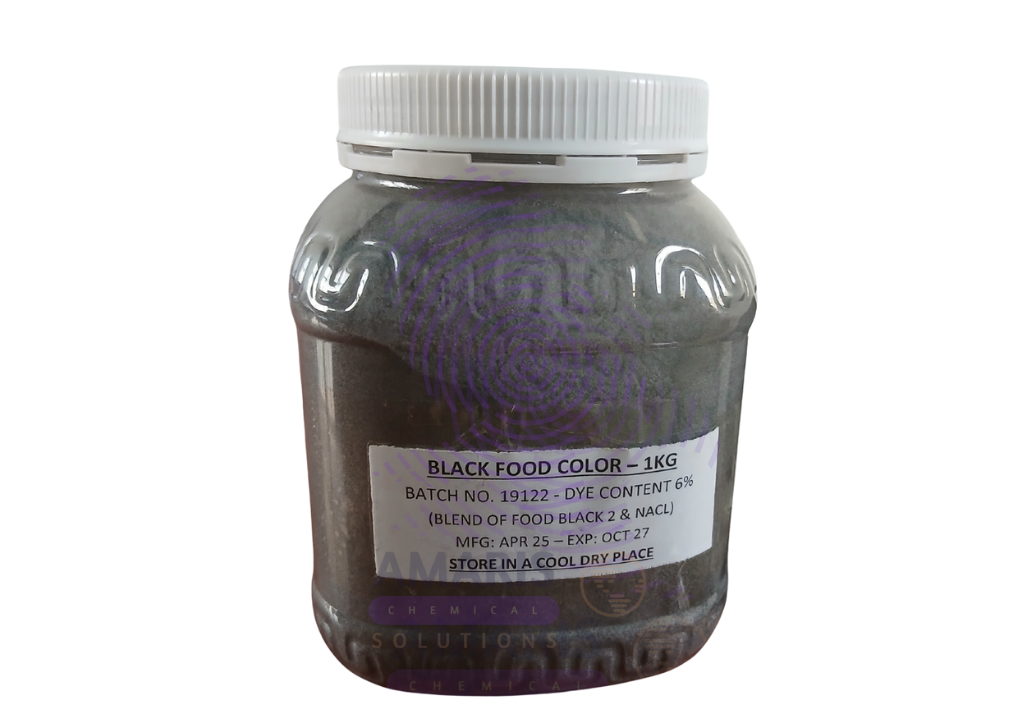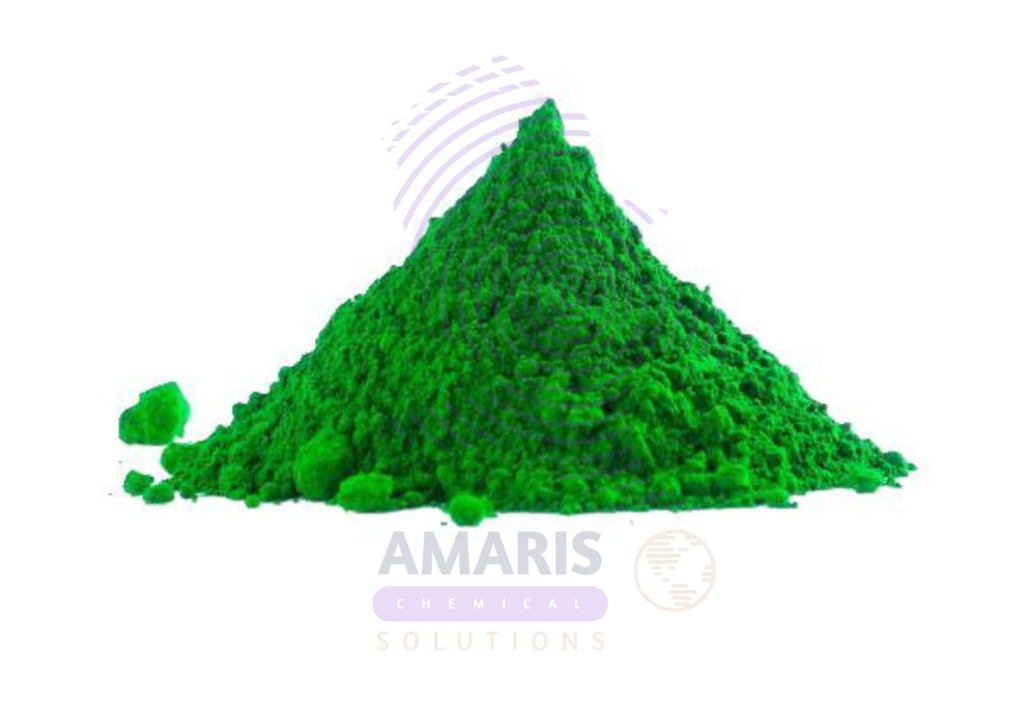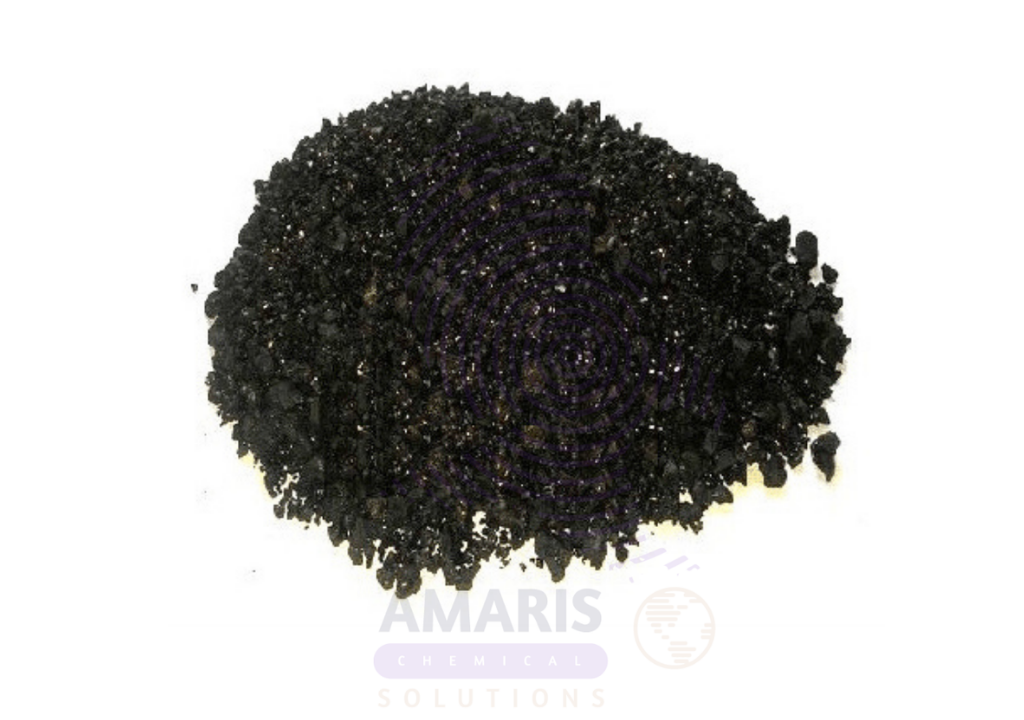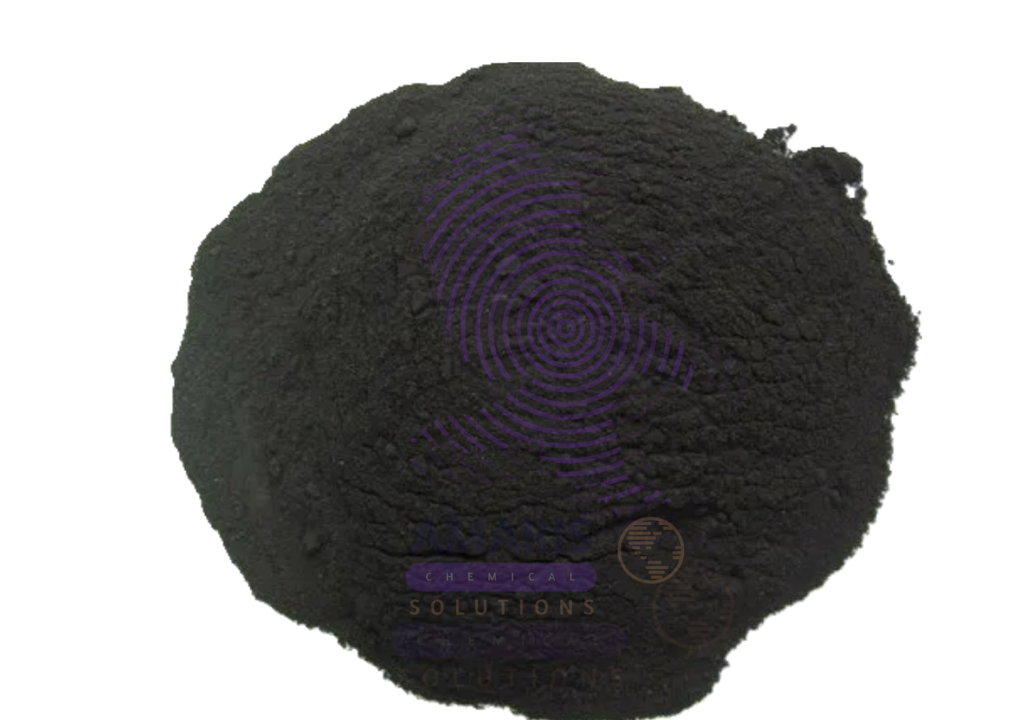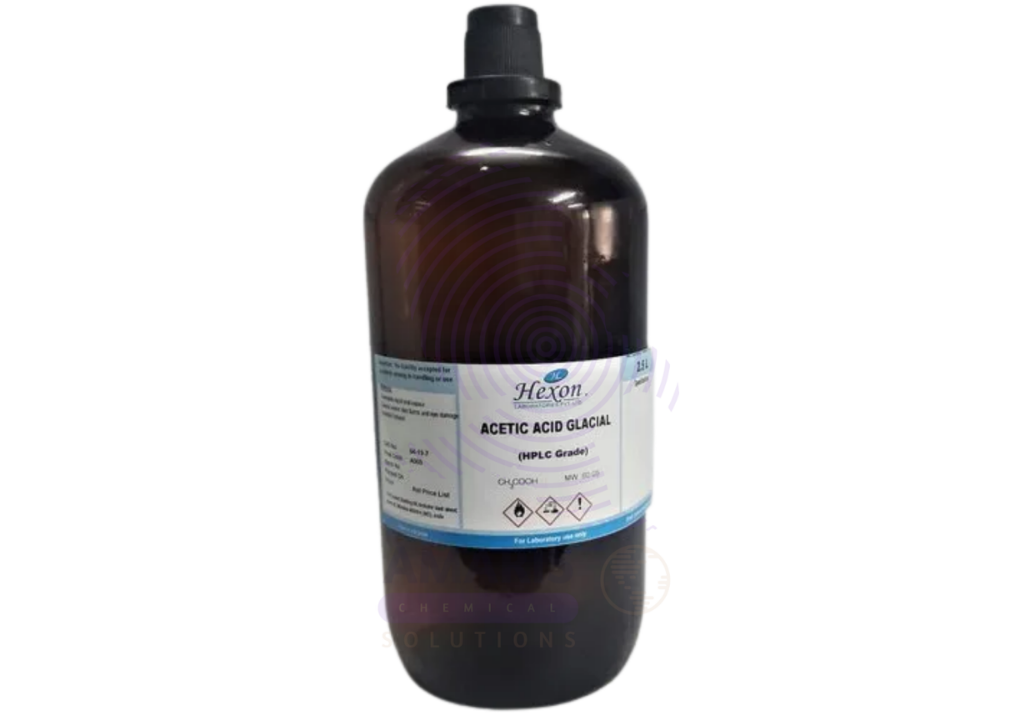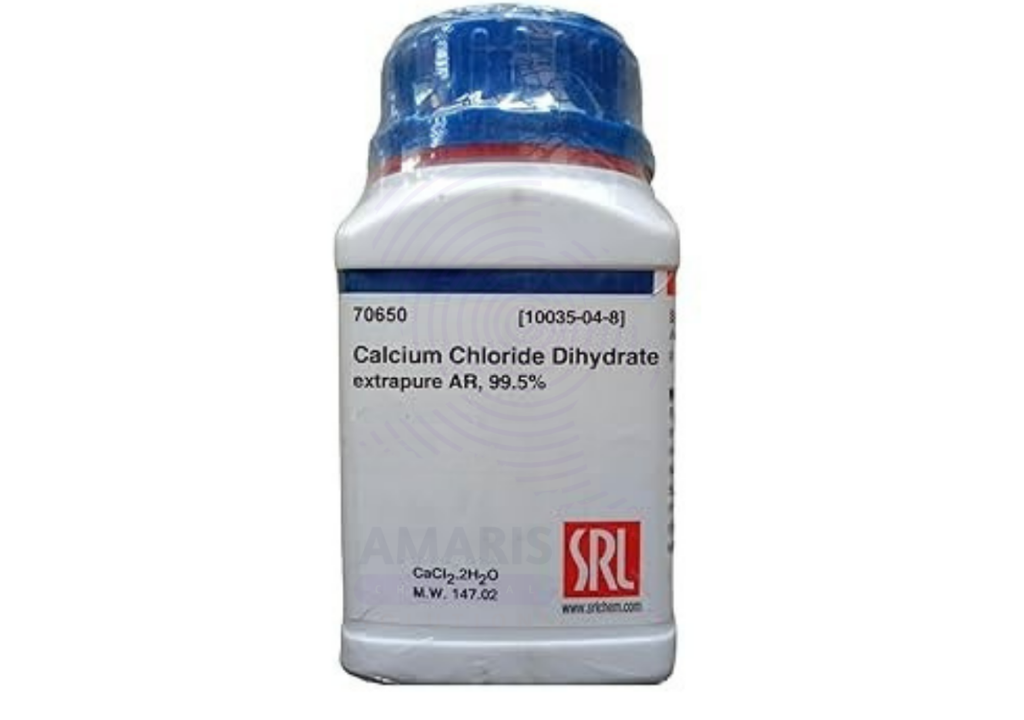Hydrochloric Acid: A Core Industrial Chemical With Powerful Applications
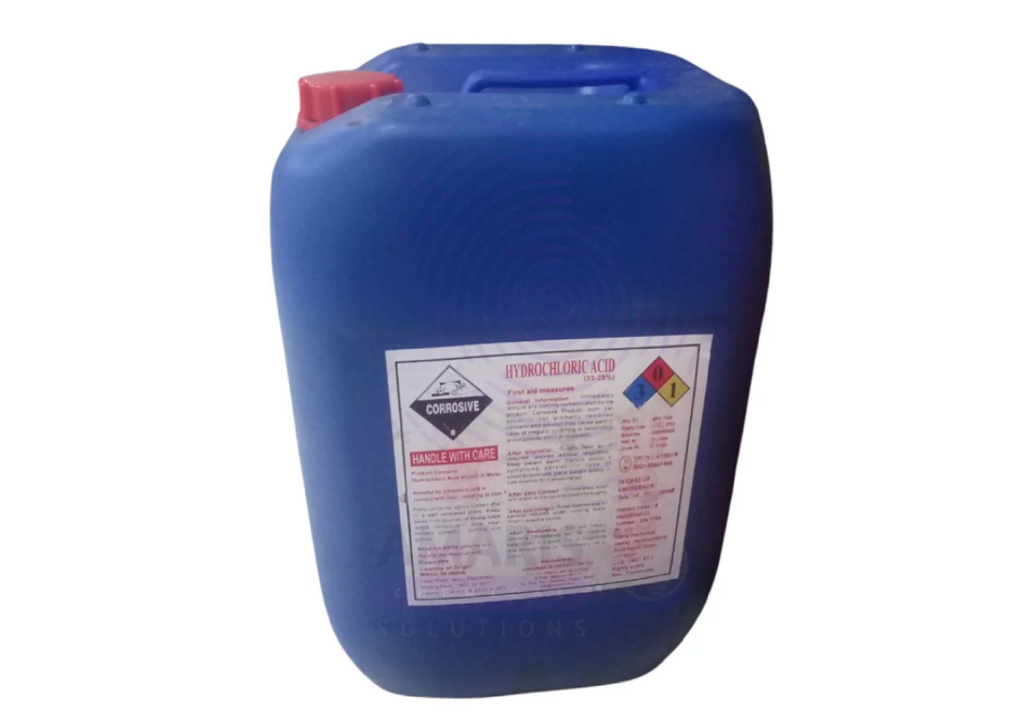
🧪 Introduction to Hydrochloric Acid
Hydrochloric Acid, often abbreviated as HCl, is one of the most widely used and essential inorganic acids in modern industry. It is a strong, highly corrosive acid formed when hydrogen chloride gas is dissolved in water. With its sharp, pungent odor and colorless to slightly yellow appearance, hydrochloric acid is known for both its aggressive reactivity and indispensable functionality.
From metal cleaning to pH adjustment, and food processing to water treatment, hydrochloric acid plays a central role in countless chemical processes. Its effectiveness, affordability, and availability make it a backbone of industrial operations around the world.
⚙️ Chemical Properties
- Chemical Formula: HCl
- Molar Mass: 36.46 g/mol
- Appearance: Colorless to pale yellow liquid
- Odor: Pungent, irritating
- Boiling Point: ~110 °C (20% solution)
- Solubility: Completely miscible with water
- Concentration Available: Commonly 30–37% in technical grade
Hydrochloric acid is a monoprotic acid, meaning it donates one proton (H⁺) per molecule in aqueous solutions. It is highly dissociated, making it a strong acid and very effective at breaking down materials and altering chemical environments.
🏭 Key Industrial Applications of Hydrochloric Acid
Hydrochloric acid is incredibly versatile, with its uses cutting across various industrial sectors. Below are some of its most important applications:
1. Metal Pickling and Cleaning
Hydrochloric acid is commonly used in the pickling of steel and iron, removing rust, scale, and oxides from metal surfaces before further processing like galvanizing or rolling.
✅ Benefit: Prepares metals for coating or welding by creating a clean, reactive surface.
2. pH Regulation and Water Treatment
In water treatment facilities, HCl is used to lower pH levels, ensuring optimal water chemistry in municipal, industrial, or wastewater systems.
✅ Benefit: Helps prevent scaling and ensures effective disinfection by adjusting acidity.
3. Chemical Manufacturing
Hydrochloric acid is involved in producing numerous compounds, including:
- Vinyl chloride (for PVC plastics)
- Fertilizers (e.g., calcium chloride)
- Dyes, pigments, and pharmaceuticals
✅ Benefit: Acts as a catalyst, pH adjuster, and precursor in various synthesis pathways.
4. Food Industry Use
In regulated concentrations, hydrochloric acid is used in the processing of starches, proteins, and gelatin, and for acidifying foods and beverages.
✅ Benefit: Aids in hydrolysis reactions and pH control for food safety and texture.
5. Oil Well Acidizing
In oil and gas exploration, HCl is pumped into wells to dissolve rock formations, thereby increasing flow and yield.
✅ Benefit: Enhances reservoir permeability for better extraction performance.
6. Household and Institutional Cleaning (Diluted Form)
Low-concentration hydrochloric acid is found in toilet bowl cleaners, descalers, and tile cleaners, prized for its ability to remove lime scale, rust, and mineral buildup.
✅ Benefit: Delivers industrial-strength cleaning in safe, controlled formulations.
🛡️ Safety and Handling Guidelines
Hydrochloric acid, while useful, is highly corrosive and hazardous. Safe handling is critical to prevent injury and environmental harm.
⚠️ Personal Protective Equipment (PPE):
- Acid-resistant gloves (e.g., neoprene or butyl rubber)
- Chemical splash goggles and face shield
- Long-sleeved protective clothing
- Respiratory protection when used in poorly ventilated areas
⚠️ Handling Tips:
- Always add acid to water, never the reverse
- Use in a well-ventilated area or fume hood
- Keep containers tightly closed and away from bases or oxidizers
🧯 First Aid Measures:
- Skin contact: Flush immediately with water for 15 minutes
- Eye contact: Irrigate eyes continuously and seek medical attention
- Inhalation: Move to fresh air and seek emergency care
📦 Packaging and Availability
At Amaris Chemical Solutions, we supply Hydrochloric Acid Technical Grade in concentrations ranging from 30% to 37%, ideal for industrial and laboratory use. Packaging options include:
- 35 kg drums
- 250 kg barrels
- IBC tanks (1000 L)
- Custom bulk supply on request
Our product is manufactured under strict quality controls, ensuring consistency, safety, and compliance with global standards.
🌍 Environmental Considerations
Hydrochloric acid is not persistent in the environment, as it reacts quickly with organic matter and dissolves into harmless chloride ions. However, accidental releases can cause acidification of soils and water bodies, harming aquatic life.
Proper storage, spill containment, and neutralization (with lime or soda ash) are critical components of responsible use.
🔬 A Vital Chemical in Every Sector
Hydrochloric acid is more than just an industrial acid—it’s a catalyst of innovation. Whether you’re refining metals, producing consumer goods, or formulating pharmaceuticals, HCl plays a role that cannot be easily replaced.
With its proven effectiveness, low cost, and wide applicability, hydrochloric acid remains one of the most important chemicals in modern industry.


 Preservatives(food)
Preservatives(food) Flavor Enhancers
Flavor Enhancers Acidulants
Acidulants Sweeteners
Sweeteners Antioxidants
Antioxidants Colorants(food)
Colorants(food) Nutraceutical Ingredients (food)
Nutraceutical Ingredients (food) Nutrient Supplements
Nutrient Supplements Emulsifiers
Emulsifiers
 Collectors
Collectors Dust Suppressants
Dust Suppressants Explosives and Blasting Agents
Explosives and Blasting Agents Flocculants and Coagulants
Flocculants and Coagulants Frothers
Frothers Leaching Agents
Leaching Agents pH Modifiers
pH Modifiers Precious Metal Extraction Agents
Precious Metal Extraction Agents
 Antioxidants(plastic)
Antioxidants(plastic) Colorants (Pigments, Dyes)
Colorants (Pigments, Dyes) Fillers and Reinforcements
Fillers and Reinforcements Flame Retardants
Flame Retardants Monomers
Monomers Plasticizers
Plasticizers Polymerization Initiators
Polymerization Initiators Stabilizers (UV, Heat)
Stabilizers (UV, Heat)
 Antifoaming Agents
Antifoaming Agents Chelating Agents
Chelating Agents Coagulants and Flocculants
Coagulants and Flocculants Corrosion Inhibitors
Corrosion Inhibitors Disinfectants and Biocides
Disinfectants and Biocides Oxidizing Agents
Oxidizing Agents pH Adjusters
pH Adjusters Scale Inhibitors( water)
Scale Inhibitors( water)
 Antioxidants(cosmetic)
Antioxidants(cosmetic) Emollients
Emollients Fragrances and Essential Oils
Fragrances and Essential Oils Humectants
Humectants Preservatives
Preservatives Surfactants(cosmetic)
Surfactants(cosmetic) Thickeners
Thickeners UV Filters
UV Filters
 Fertilizers
Fertilizers Soil Conditioners
Soil Conditioners Plant Growth Regulators
Plant Growth Regulators Animal Feed Additives
Animal Feed Additives Biostimulants
Biostimulants Pesticides (Herbicides, Insecticides, Fungicides)
Pesticides (Herbicides, Insecticides, Fungicides)
 Active Pharmaceutical Ingredients (APIs)
Active Pharmaceutical Ingredients (APIs) Excipients
Excipients Solvents(pharmaceutical)
Solvents(pharmaceutical) Antibiotics
Antibiotics Antiseptics and Disinfectants
Antiseptics and Disinfectants Vaccine Adjuvants
Vaccine Adjuvants Nutraceutical Ingredients (pharmaceutical)
Nutraceutical Ingredients (pharmaceutical) Analgesics & Antipyretics
Analgesics & Antipyretics
 Analytical Reagents
Analytical Reagents Solvents(lab)
Solvents(lab) Chromatography Chemicals
Chromatography Chemicals Spectroscopy Reagents
Spectroscopy Reagents microbiology-and-cell-culture-reagents
microbiology-and-cell-culture-reagents Molecular Biology Reagents
Molecular Biology Reagents Biochemical Reagents
Biochemical Reagents Inorganic and Organic Standards
Inorganic and Organic Standards Laboratory Safety Chemicals
Laboratory Safety Chemicals Specialty Laboratory Chemicals(Special Laboratory Equipment)
Specialty Laboratory Chemicals(Special Laboratory Equipment)
 Demulsifiers
Demulsifiers Hydraulic Fracturing Fluids
Hydraulic Fracturing Fluids Scale Inhibitors(oil)
Scale Inhibitors(oil) Surfactants(oil)
Surfactants(oil) Drilling Fluids
Drilling Fluids
 Dyes and Pigments
Dyes and Pigments Bleaching Agents
Bleaching Agents Softening Agents
Softening Agents Finishing Agents
Finishing Agents Antistatic Agents
Antistatic Agents
 Admixtures
Admixtures Waterproofing Agents
Waterproofing Agents Sealants and Adhesives
Sealants and Adhesives Curing Compounds
Curing Compounds Concrete Repair Chemicals
Concrete Repair Chemicals Anti-Corrosion Coatings
Anti-Corrosion Coatings
 Surfactants(cleaning)
Surfactants(cleaning) Builders
Builders Enzymes
Enzymes Solvents (Cleaning)
Solvents (Cleaning) Fragrances
Fragrances
 Electronic Chemicals
Electronic Chemicals Catalysts
Catalysts Lubricants
Lubricants Photographic Chemicals
Photographic Chemicals Refrigerants
Refrigerants Automotive chemicals
Automotive chemicals Pyrotechnic Chemicals
Pyrotechnic Chemicals
 Biodegradable Surfactants
Biodegradable Surfactants Bio-based Solvents
Bio-based Solvents Renewable Polymers
Renewable Polymers Carbon Capture Chemicals
Carbon Capture Chemicals Wastewater Treatment Chemicals
Wastewater Treatment Chemicals
 Pigments
Pigments Solvents(paint)
Solvents(paint) Specialty Coatings
Specialty Coatings Binders/Resins
Binders/Resins Additives
Additives Driers
Driers Anti-Corrosion Agents
Anti-Corrosion Agents Functional Coatings
Functional Coatings Application-Specific Coatings
Application-Specific Coatings
 Fresh Herbs
Fresh Herbs Ground Spices
Ground Spices Whole Spices
Whole Spices Spice Blends
Spice Blends Dried Herbs
Dried Herbs
 Leavening Agents
Leavening Agents Dough Conditioners
Dough Conditioners Flour Treatments
Flour Treatments Fat Replacers
Fat Replacers Decoratives
Decoratives Preservatives(baking)
Preservatives(baking)
 Plasticizers & Softeners
Plasticizers & Softeners Reinforcing Agents
Reinforcing Agents Adhesion Promoters
Adhesion Promoters Vulcanizing Agents
Vulcanizing Agents Antidegradants
Antidegradants Blowing Agents
Blowing Agents Fillers & Extenders
Fillers & Extenders Accelerators & Retarders
Accelerators & Retarders